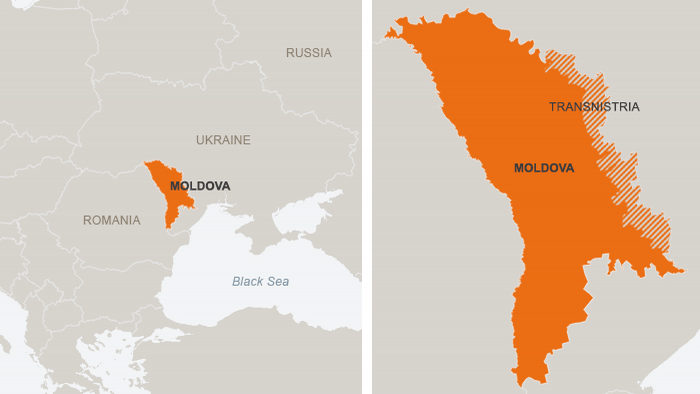On April 25-26, there were several terrorist attacks in the unrecognized Pridnestrovian Moldavian Republic. In particular, the MGB building in Tiraspol was shelled with grenade launchers. A day later, explosions were heard in the city. The government of the “republic” made it quite clear that Ukraine and Moldova were to blame. On April 26, the first refugees started fleeing from Transnistria. Short after these events, Moldovan President M. Sandu held a meeting of the Security Council. On May 1, the British newspaper The Times published an article stating that the Kremlin had decided to invade Moldova, from where it would try to open a new front against Ukraine, in particular, aimed from the west at Odesa and the Odesa region.

Meaning: the events in Transnistria are developing according to the typical “Donetsk” scenario when an external threat was artificially created, an evacuation was announced, and then mobilization in the “L/DNR”, which ended with a full-scale Russian invasion of Ukraine.
- military capabilities of the PMR and L/DNR are incomparable but Russia is trying to create an additional threat to Ukraine, and as a possible option – an irritant provoking the response of the Ukrainian Armed Forces;
- another to M. Sandu about the undesirability of deliveries of fuel to Ukraine through the territory of Moldova. Otherwise, she will get the war at home;
- the traditional parade on May 9 in Transnistria has been cancelled. Given the extreme ideological saturation of the republic, this is a very serious step. Together with the need for “some kind of victory” for Putin, this “victory” may be the PMR;
- in the event of destabilization of Moldova, M. Sandu will not be able to resist Russia, in particular, in case of strikes with high precision: she will be forced to either surrender or seek help from third countries;
- if Ukraine intervenes, Russia will have the opportunity to increase its pressure on the battlefield. At most, it may officially declare war on Kyiv;
- if Romania intervenes, this would constitute a precedent at a higher level – the NATO level. Romania alone will not oppose Russia and NATO will have to consider whether to go to war with Russia for the sake of Moldova;
- the Western media are increasingly reporting that Putin has already made a decision to seize Moldova militarily. Russian troops have failed to build a land corridor in Transnistria through Ukraine, so attacking a weak state with a formally existing army would be a simpler solution than breaking through such a corridor in heavy, bloody fighting;
- after the occupation of Moldova, Russia will increase its mobilization capabilities and receive a certain amount of weapons. Russia is catastrophically short of real combat-ready soldiers, whom it is trying to recruit at every opportunity, even by capturing asymmetrically weak countries.
Russia is raising the complexity of challenges and is trying to create additional hotbeds of possible war near the borders of NATO and the EU. The next epicentre may be the Balkans. Serbia is already at the centre of attention. Most importantly, the Kremlin has proved that a fairly simple method of “portraying the aggressor as the victim”, which was introduced by Hitler, is also applicable in our time. At the macro level, Russia is trying to destabilize Europe and the collective West. At the micro level, it is generating additional threats to Ukraine, creating, among other things, preconditions for a more massive invasion of southern Ukraine, formation of a land corridor to Transnistria with the potential occupation of Moldova if the West completely fails to act.
